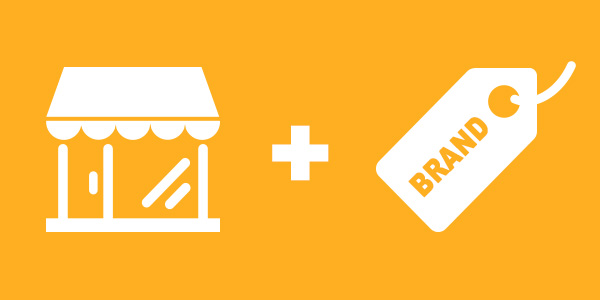The new Retail CX is a Shared Experience: a blend of the customer’s Retail and Brand experience.
In today’s market, Retailers must provide a superior Customer Experience to survive. They continue to fight to attract and keep more customers by making them feel special. Armed with data analytics, marketing insights, and artificial intelligence tools, retailers constantly tweak their messaging and pricing to attract customers and increase basket size. But one could argue that how you SERVICE your customers is just as important, possibly more so, than how you attract them. The days of personalized customer relationships and doing ‘out of the ordinary’ events are returning.
But, hasn’t retail always been about the customer? Isn’t the customer #1 or king? These questions are easy to debate in today’s world where technology has replaced interaction. What customer doesn’t use technology in their retail experience. Many retailers have invested in sales associate customer assistance devices. These hand-held units provide store associates with product and customer information. The value of sales associates and their necessity may be changing, but as new technology like Amazon Go becomes more affordable the game may change.
What is a Shared Experience?
A “Shared Experience“, SX, between manufactures, retailers and customers is the evolution of Customer Experience. Technology is designed to connect, communicate, and share. These three capabilities will continue to change the game. Imagine if the manufacture, retailer and customer were willing to fully integrate this concept. The retailer buys from the manufacture and once the delivery is made the relationship shifts from the manufacturer to the customer. The manufacture, if they are correct, may be lucky enough to get another order. The three are never connected in the experience.
SX for Out of Stock Recovery
Silos don’t work, and providing a shared experience is hard. Manufacturers make what retailers or customers request. The shipment is made, invoices submitted, and the manufacturer is off to the next season. The retailer is challenged to have the item in stock, at the correct price and size. At best, they may be able to achieve this 80-90% of the time. The latest trend is to share the customer’s data for the next season. But historical data doesn’t always predict future trends.
In a perfect world, the retailer would have access to every item and size from the manufacturer. This model is conceptual, but possible. Think of how often you have been at a store looking for a particular branded item that is not in stock. The brand manufacturer and the retailer generally lose the sale. If a store doesn’t have an item available, why can’t the retailer order it from the manufacturer and have it sent from the manufacturer to the customer’s home or nearest store? Since out of stocks are a top influencing factor, dissatisfaction and frustration destroy brand loyalty. In fact, studies have discovered that 91% of customers don’t want to engage with a business anymore once they’ve had a bad experience with it.1
Shared Experience Agreements
The technology for SX out of stocks is available, but the manufacturer and retailer struggle with who owns the customer, and the revenue. Silos get in the way of taking care of the customer and the experience falls apart. The SX fails because of the lack of an integration, agreement and process. Manufactures who are willing to satisfy the customer in this process will increase brand loyalty. The store made the sale and the manufacture fulfilled the sale. Revenue is generated versus lost for both parties.
In the SX world, the manufacture, retailer and customer all win.
Source:
1. “The Out of Stock Problem and How To Approach It”, Streetspotr August 2017

